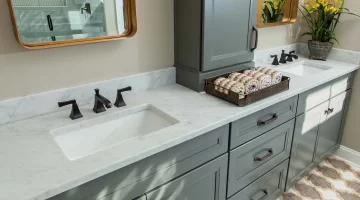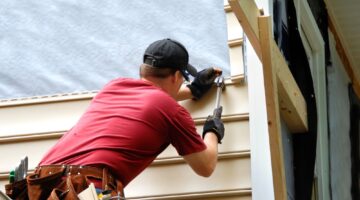An aggregate, cement, and water mixture are typically used to create concrete, a versatile, strong, and durable building material. The proportions of these components, however, can be altered, and other chemicals foundation repair san antonio, called admixtures, can be added to the usual mix to alter the quality of the mix. In this way, manufacturers can develop different concrete types that will meet specific performance requirements while also being budget-friendly for contractors.
When foundation problems occur in a Houston home, professionals can prevent further and recurrent damage by selecting the right type of concrete for repair. A foundation problem can be repaired based on foundation repairs san antonio the type of concrete chosen to fix it, for example, if the cause is specific chemicals in the soil. The soil in Houston, for example, is rich in sulfates, which can cause heaving.
As a result, the structure will be less likely to be attacked by sulfate if sulfate-resistant concrete is used to repair it. Because this can substantially decrease the risk of heaving, the new concrete structure will likely remain intact for longer. As reinforced concrete is strengthened with steel rebars or welded wire mesh, the resulting foundation repair is more likely to withstand different loads and stresses in heavier construction, like residential homes and townhomes.

A foundation component subject to tensile, compressive, and bending forces, such as piers, pile caps, beams, or other foundation components, requires this type of concrete. Known also as rapid-set concrete, this form of concrete hardens rapidly. It is ideal for foundation repair projects that require a structure to reach its strength quickly. In addition to saving time, rapid-hardening concrete offers improved durability.
Our professionals use it for projects with shorter time frames and in the winter and hurricane seasons when the weather can be unpredictable. The precast concrete elements, including beams, piers, blocks, cylinders, and columns, are prepared and cast off-site in factory-controlled environments to ensure the highest quality possible. A precise balance of cement, aggregate, and admixtures is used to make the elements.
It is common for precast concrete elements to be used both in new construction and old homes to stabilize foundations and make them structurally sound again by replacing damaged components. Steel and concrete are combined to form pre-stressed concrete. Lower foundation elements of heavier structures, such as two-story homes, can be significantly less likely to crack because of their enhanced compressive, tensile, bending, and shear strength. It is usually used to restore the original elevation of foundation sections that have sunk or settled unevenly.












